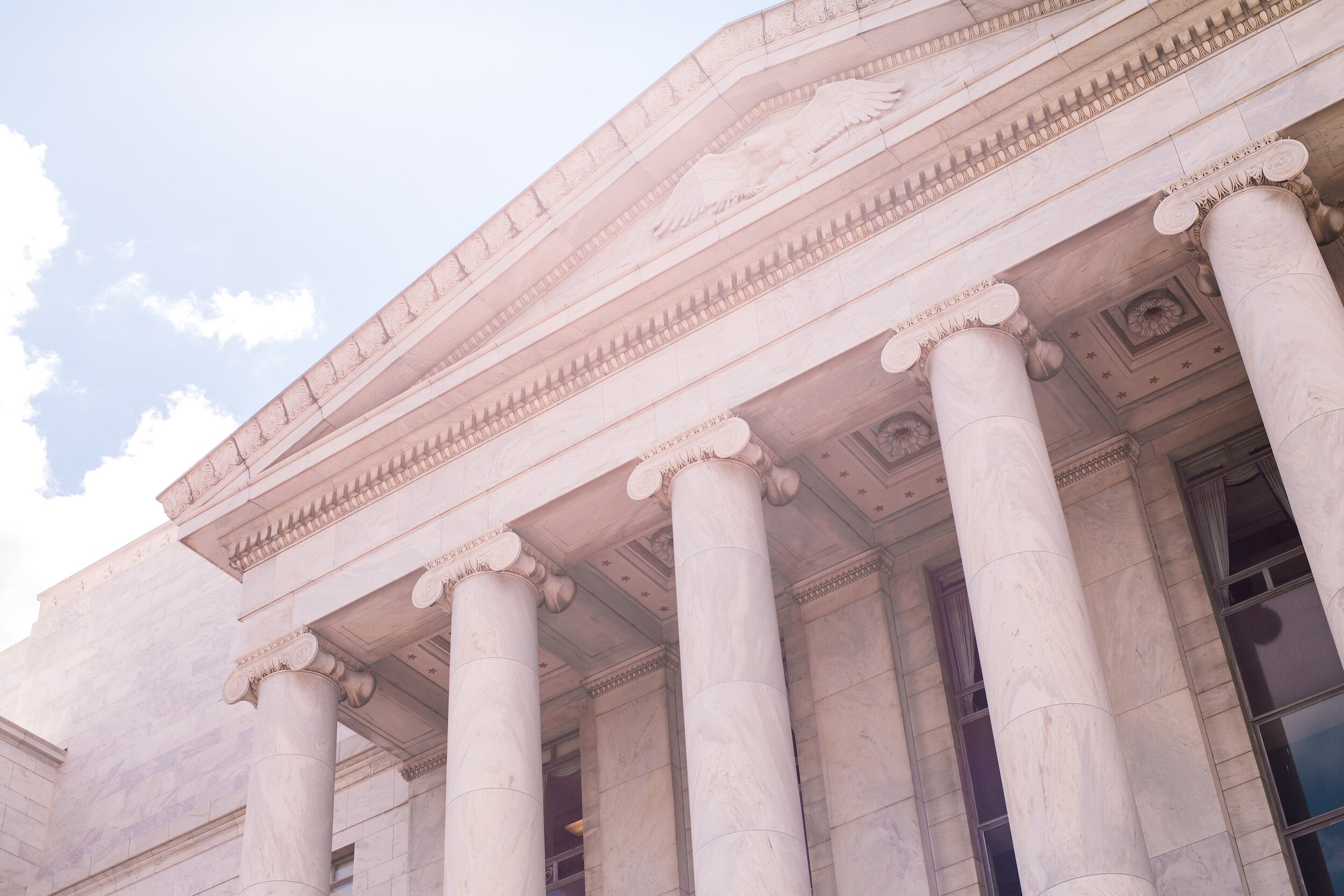Understanding Inflation: Causes, Effects, and Strategies
Introduction
Inflation is an economic concept affecting our everyday lives, yet while we all feel the effects of inflation, it is misunderstood. Inflation refers to the sustained increase in the general prices of goods and services over time, resulting in the erosion of purchasing power. For example, in May of 2022, it took nearly $11 ($10.95) to have the same purchasing power that $1 had in January of 1955, based on data from the Bureau of Labor Statistics website.
Inflation can impact various aspects of the economy, including wages, investments, savings, and consumer behavior. Let's explore the causes and effects of inflation and strategies to mitigate its negative impacts.
Causes of Inflation
Inflation can arise from various factors, including both demand-side and supply-side influences.
Demand-pull inflation occurs when aggregate demand outpaces the available supply of goods and services, causing prices to rise. Demand-pull can happen due to increased consumer spending, government expenditure, or expansionary monetary policy.
Supply-side factors, on the other hand, can lead to cost-push inflation. When production costs, such as raw materials, labor, or energy, increase significantly, businesses often pass those costs to consumers through higher prices. External factors like changes in exchange rates or disruptions in global supply chains can also contribute to inflationary pressures.
Effects of Inflation
Inflation is not spread evenly across all sectors of the economy. For example, healthcare costs may increase quicker than the price of chicken. Or vice versa, depending on the economic forces influencing supply and demand. While we can calculate inflation for many goods and services, inflation is generally tracked as a weighted average in a single Consumer Price Index or CPI.
Inflation can positively and negatively affect the economy. Moderate inflation, around 2-3% annually, is generally considered healthy as it encourages spending and investment. However, several negative consequences can emerge when inflation exceeds a manageable level.
One significant effect of inflation is the erosion of purchasing power. As prices rise, the same amount of money can buy fewer goods and services, impacting consumers' living standards. Fixed-income individuals, such as retirees, face particular challenges as their income remains constant while prices increase.
Inflation can also distort economic decision-making. Uncertainty about future price levels may discourage long-term investments, reducing productivity and economic growth. Businesses may struggle to plan and allocate resources effectively, making it challenging to maintain stable operations.
Calculating the Impact of Inflation
Even at low levels, inflation can have an impact on retirement savings. You can use the rule of 72 to calculate inflation's impact on purchasing power. We can also use a compound interest formula to calculate the impact inflation has on purchasing power:
Future Value = Present Value × (1 + Inflation Rate)^Number of Years
Using this formula, we can calculate the future value of a $100,000 account after 30 years, assuming an annual inflation rate of 3%:
Future Value = $100,000 × (1 + 0.03)^30 ≈ $242,726.48
Therefore, after 30 years of 3% annual inflation, the purchasing power of the $100,000 account would be equivalent to approximately $242,726.48 in today's dollars. This means the account's purchasing power has decreased by over half due to inflation. In other words, it would require approximately $242,726.48 in today's dollars to maintain the same level of purchasing power as the original $100,000.
Strategies to Combat Inflation
Governments and Central Banks
Governments and central banks employ various strategies to manage inflation and maintain price stability. Here are a few common approaches:
Monetary Policy
Central banks adjust interest rates and money supply to influence inflation. Raising interest rates can reduce borrowing and spending, cooling demand and curbing inflationary pressures. Conversely, lowering rates can stimulate economic activity during periods of low inflation.
Fiscal Policy
Governments can use fiscal tools such as taxation and public spending to manage inflation. Increasing taxes can reduce disposable income, thus curbing demand. Similarly, reducing government expenditure can help prevent overheating of the economy.
Supply-Side Policies
Governments can implement policies to improve the supply of goods and services. Investing in infrastructure, education, and technology can enhance productivity, lower production costs, and mitigate inflationary pressures.
Wage and Price Controls
In extreme cases, governments may impose temporary wage and price controls to limit price increases. However, these measures often have unintended consequences and can distort market dynamics.
Individuals
As an individual, here are some things to consider to help combat inflation.
Inflation-Indexed Instruments
Individuals can protect their savings from inflation by investing in inflation-indexed instruments like inflation-linked bonds.
Limit Cash
Cash is a vital part of every financial plan. For example, the liquidity and low risk of cash and cash-related options are optimal for emergency savings. However, when cash is left uninvested, it is subject to losing purchasing power as the cost of goods increase.
Invest Based on Risk Tolerance and Time Horizon
Investing is always risky. Investing only in investments where risk matches your risk tolerance and where such risk is appropriate for the time horizon you have planned is essential. Avoid being reactionary and going all in or all out of the market.
Diversification
Staying diversified allows you to spread risk and reward potential across multiple sectors. When there is fear of inflation, some people gravitate to one asset class based on the idea that it is the best choice during times of inflation.
Keep a Long-Term Perspective
One must consider many risks when investing; inflation is just one of those risks. Keep sight of the end goal. We have been through all kinds of market cycles in our economic history. While past performance does not ensure the future, it's easy to get caught up in the short term and forget to take a step back to see the historical perspective.
Conclusion
Inflation is a complex economic phenomenon with far-reaching consequences. While some level of inflation is inevitable in a growing economy, it is crucial to manage it effectively. By understanding the causes and effects of inflation, individuals and policymakers can develop strategies to mitigate its adverse effects.
Our team at CUI Wealth Management can help you better understand some of the impacts inflation can have on your portfolio. We are happy to provide a second opinion as you work towards your financial goals.




